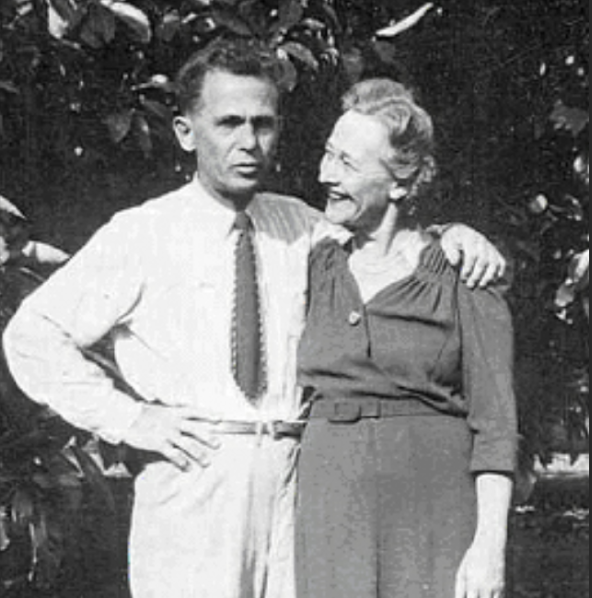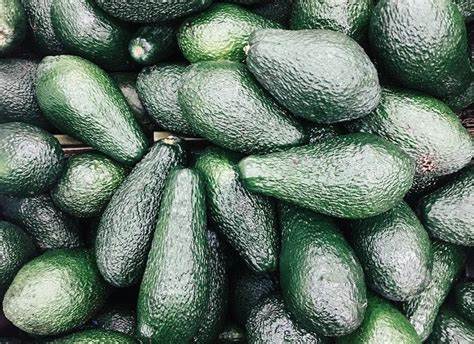
In the 1920s, a simple postal worker’s foray into horticulture led to an accidental yet revolutionary discovery that would forever change the avocado industry.

It was Rudolph Hass, a Wisconsinite turned Californian, who planted the seed, quite literally, of what would become the most prevalent type of avocado in the world—the Hass.

Hass purchased three seedlings in 1926, from A. R. Rideout of Whittier, California, with the modest intention of cultivating a grove of Lyon avocados.

Little did he know, one of those seedlings, grown from a mix of seeds including some sourced from restaurant scraps, would lead to a culinary phenomenon.

This singular tree bore an unusual, bumpy-skinned fruit, distinct from the smoother Fuerte avocados that dominated the market.

Hass’s children were the first to take a liking to its, rich taste, sparking a sensation.

The family sold excess fruit to colleagues and local grocers, and by the 1930s, the Hass avocado had captured the taste buds of chefs and the public alike, commanding high prices.

Recognizing the potential of his unique tree, in 1935 Hass obtained the first-ever U.S. tree patent for his eponymous avocado, revolutionizing the industry.

Together with nurseryman Harold Brokaw, Hass began selling grafted Hass avocado seedlings.

Hass earned a modest sum of around $5,000 from his patent—a pittance considering the impact it would have.

Rudolph Hass expanded to Fallbrook, planting an 80-acre (320,000 m2) orchard in 1948 which bore its first crop in 1952, just as his 17-year patent expired.

The Hass avocado rapidly outstripped the Fuerte as the gold standard due to its superior taste, year-round fruiting, and higher oil content, which afforded it a longer shelf-life.

Today, it comprises over 80% of the U.S. avocado crop and maintains a stronghold in the global market, with countries like Chile, Colombia, Mexico, Peru, and various African nations cultivating it extensively.

Indeed, this “accidental seedling” has grown into a cornerstone of the avocado industry, with all commercial Hass avocado trees tracing back to that original tree cultivated by Rudolph Hass.

The ‘mother tree’ itself became somewhat of a local legend, surviving until 2002 when it finally succumbed to root rot at 76 years old.
Relevant articles:
– Hass avocado

